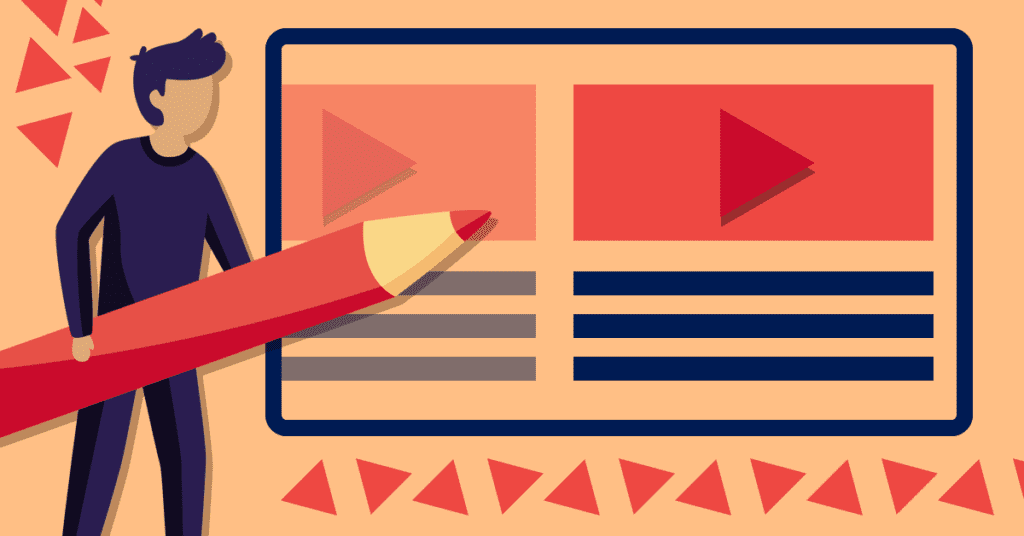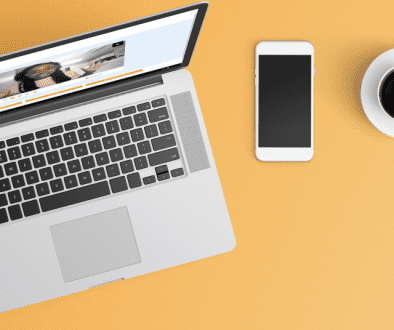3 Facts About Personalized Video in Personalized Learning
Before we begin discussing why you should use personalized video in education, let’s explain the term “personalized learning.”
Personalization in education determines a variety of learning activities, instructional methods, and academic-support strategies that need to meet the different learning needs, ambitions, or backgrounds of particular students.
The current approach in schools is still the “one-size-fits-all.” All students are approached the same way and with the same sources.
Typically, when the lecture finishes, the entire class moves onto the next one although some students haven’t understood it completely.
However, with the constant digitalization of our world, personalized learning becomes something widely accepted, and easier to introduce.
In this age of information, what was once known only by scholars and experts, can now be accessed from anywhere and by anyone.
Personalized learning, or student-centered learning, has one general goal – to satisfy individual learning needs, instead of choosing a logistically more practical approach.
Instead of holding students back and leaving them behind, you can now offer an innovative, engaging, and compelling way to learn.
Why should video in education serve as a tool for reaching such objectives?
Let’s find out.
1. Personalized video in personalized learning has numerous benefits
Personalized video emerged as a modern and unconventional way to reach potential / current students, and alumni on an individual basis.
Creating a unique, individually targeted video that covers particular interests is slowly, but surely, becoming a preferred method in education.
Using targeted videos as a personalized learning tool will produce a stronger relationship with your students.
Consequently, you’ll have better mutual communication and ongoing engagement.
Not every future student is interested in the same thing. That’s when you use personalized video.
Let’s say you’re presenting your educational institution to (hopefully) your future students.
You can use personalized video to introduce your institution and its objectives, tailored to the specific interests of your prospects.
Such an effort will result in higher click-through rates, increased conversion rates, and finally – boosted interest and a good spirit.
The benefits of using personalized video in the process of personalized learning are apparent.
However, some might think that such an approach asks for an enormous amount of money, time, and energy. The truth is, you can lower a decent amount of financial costs.
2. Types of personalized video need to differ from student to student
Have you ever thought of assigning homework in the form of a video?
Watching a video instead of examining the dusty books will instantly increase the percentage of completed homework.
If the video is short but exciting enough, your students might even watch it multiple times, to absorb all the information.
It’s quick, hassle-free, and most of the time a free-of-charge way to approach homework.
You’ll get an interested audience who’s up for discussion in your next class.
If you have a group of students who are more experimental and like to think outside the box, you need to find an approach that will resonate with them.
If your students like numbers, stats, facts, analytics, and prefer a systematic approach, you’ll need to come up with a different perspective, too.
Here are types of video content that you can use (or even create by yourself) for educational purposes:
- Screen sharing(or screencast): Share your screen with your students on their laptops or broadcast it on a bigger screen. Demonstrate how to execute the task. Walk them through the process, record it, and share it with them to watch it repeatedly if necessary.
- Talking head: This can be the ultimate option for additional explanations of specific topics. Curriculums sometimes contain information that is good to know, but there isn’t enough time to cover it. Create a short and understandable video that will give your students a deeper insight into it. Talking head is also perfect when something wasn’t clear enough in the lecture, or for those who want to learn more.
- Table-top: Example: It’s crucial that your students learn that physics formula and equation, but somehow some of them lose their track along the way. Record a table-top video where you resolve the equation from start to end, and describe every step thoroughly.
- Animation: if you have a ton of facts and numbers that you need to pass onto your students in a non-boring way, the animation is a perfect choice. Add stats in the form of short sentences, include animated infographics and turn that dull subject into an amusing presentation.
- Video message: Give your feedback to your students (or their parents) by sending a personalized video message. Express their performance review and crucial points in a more personal and familiar way. Both students and parents will feel recognized and appreciate your effort of approaching them directly.
3. Using video in education transforms the idea of teaching
It’s a scientifically proven fact that visual learning is eight times more potent than textual.
When you learn something from a visual medium, there is a higher chance that you’ll memorize it quickly and efficiently.
With creating, sending and using personalized video in personalized learning, both teachers and students become more flexible. They have a sense of connection and build mutual understanding.
The barrier between these two sides diminishes and makes them cooperate.
However, not all lecturers feel that this is the best way to go. Many teachers don’t have the skills, experience, understandings or confidence to use video in education.
Sometimes, they don’t even find a reason to implement video content into their lectures. Other times, they don’t understand it and are afraid.
Not everyone is a natural when it comes to technology, and not everyone can instantly become best friends with a camera.
That’s why they need as much (if not more) support as students.
They need to be introduced to the fact that technology can change the nature of work and that they need to upgrade their skills continuously.
And even though there will always be a constant debate about whether or not technology delivers everything that it promises, one thing is for sure: it can’t hurt.
Using video in a simple experimental manner might transform the way your students look at you.
Accepting video for just one lecture might revolutionize your attitude and things you thought you knew.
Conclusion:
When talking about using video in education, it’s important to bear in mind that technology is a tool useful in different ways.
What matters more is to learn when to apply specific technology, and how to use it differently.
The numerous benefitsof personalized videos include easy access, the ability to pause and repeat, skip something, or go back.
However, these abilities still can’t overshadow a thing called – the essential dialogue of learning.
Covideo is a video communication solution that turns plain emails into a straightforward and interactive way to communicate.
Find out more about Covideo.





